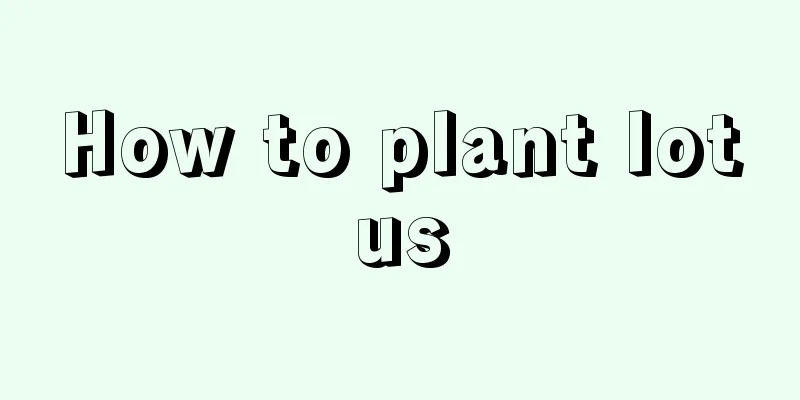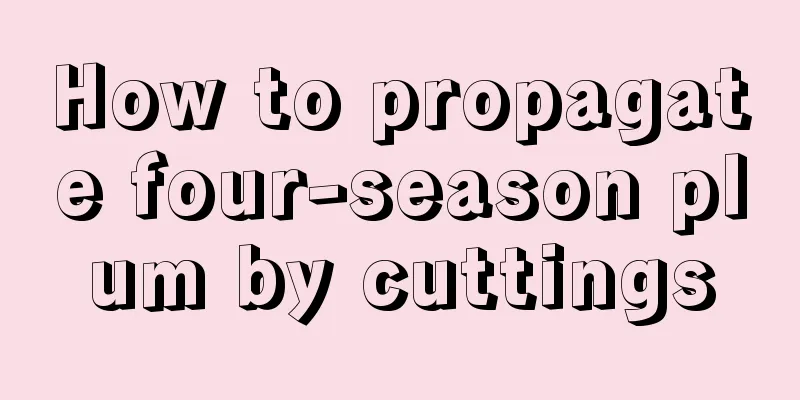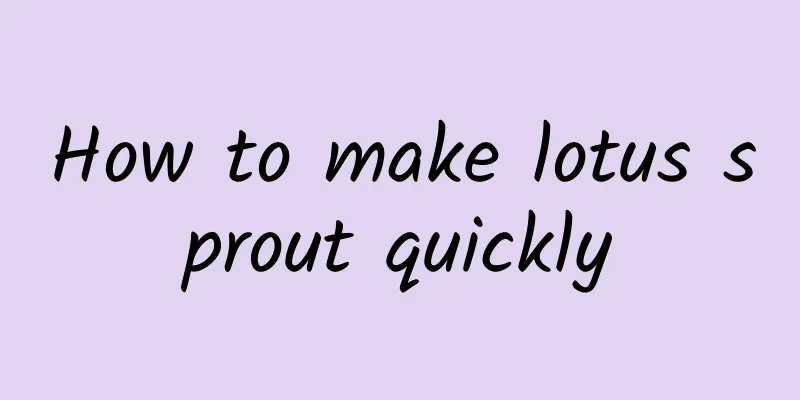Methods and precautions for home cultivation of poppy

How to grow poppySite Selection & SoilIt needs a place with sufficient light and good ventilation. Poppy is not very demanding on soil, but loose and fertile sandy loam is best. Potted plantsIn January, use a flower pot with an inner diameter of 20 cm and fill it halfway with loose soil. Flatten it and then sow the seeds, 20 to 30 seeds, and then cover them with soil until the seeds are no longer visible. After sowing, use the method of immersing the flower pot in water, which is to place the flower pot in a large pot where the water level does not exceed the height of the flower pot, and let the water seep into the soil evenly from the hole at the bottom of the flower pot. After the seedlings emerge from the soil, remove those that are not growing well, leaving only 3 to 5 plants. When the seedling is 30 cm tall, gradually fill the planting soil to the edge of the pot to prevent the plant stem from falling over. Maintain sufficient light, fresh air, and a temperature no lower than 5℃ at night. Avoid drought and waterlogging. Watering of potted plants depends on the weather and soil conditions. Generally, water them once every 3 to 5 days. If it continues like this, it will bloom in March and last until May. ThinningAfter the ground-planted seedlings emerge from the soil, remove those that are not growing well and thin them out at a distance of 30*30. Because poppies are not easy to keep alive after transplanting, you must be careful when thinning them out. FertilizationBefore flowering, you can apply 2-3 times of thin liquid fertilizer, but do not apply too much fertilizer, as it will easily cause diseases and pests. For ground-planted plants, apply thin fertilizer twice before wintering, and then apply liquid fertilizer once before flowering. Apply the last top dressing before flowering to promote large, colorful flowers and powerful opening. WateringGround plants generally do not need to be watered frequently. Maintain the temperature at around 20℃ and the seeds will germinate in 7-10 days. If pests and diseases are found, timely treatment should be carried out, and attention should be paid to hygiene. The dead stems of flowers should be cut off in time to extend the flowering period and make the flowers more beautiful. Precautions for breeding poppyIt is not suitable to be planted on overly fertile soil or to be planted repeatedly. It is not suitable to raise seedlings and plant in low-lying, humid, water-rich, and poorly lit areas, otherwise they will grow poorly and are prone to disease. Water less during the winter and water more during the growing season in spring. During the seedling growth period, do not water too much, but keep it moist. |
<<: Cultivation methods and precautions of sweet alyssum
>>: The difference between poppy and corn poppy
Recommend
When is the best time to sow wheat in the north?
Suitable time for wheat sowing in the north North...
Which side is the tip of the sunflower?
1. Which side is it? The tip of the sunflower is ...
Cut flowers like this in spring, and they will be full of flowers in 2 months
1. Camellia Cut off the dense branches ▼As shown ...
The role of fusang chandelier
Landscape use of fusang chandelier Chandelier hib...
What are phosphate fertilizers?
1. Types of Phosphate Fertilizers 1. Water-solubl...
When and how to plant windbreaks
Windbreak Planting Time Fangfeng is suitable for ...
How many times can ginger be planted in a year? If ginger is planted in one year, does it need to be planted in the second year?
How many seasons can ginger be planted in a year?...
How to reproduce the Royal Yellow
Cutting propagation Cutting time This method is g...
Add some material to the hydroponic bottle, the roots will be as thick as fingers, and the leaves will be green and glow
The most feared thing about water-growing flowers ...
Euonymus cultivation method
Euonymus cultivation method soil Euonymus has str...
To grow Clivia, do these 4 things and the leaves will be as small as a palm and will bloom every year!
The main reason why Clivia does not bloom is beca...
What are the cultivation methods and precautions for carnations?
Carnation growth habits Carnations do not like su...
How to take care of the newly bought money tree
1. Put it in the sun with appropriate intensity T...
How to plant Aster
1. Select the rhizome Aster is usually planted in...
How to use lucky bamboo for bonsai shaping
1. Jungle Bonsai The jungle-style bonsai has a si...









